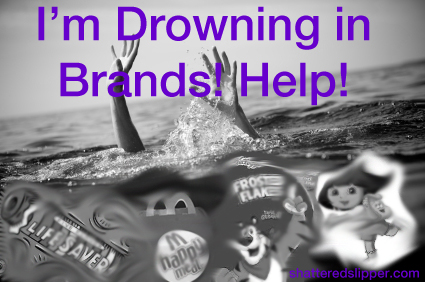 It’s time to be bolder, older. The complex navigation of the “in between stage” is something we all go through, some of you might be there now, and others have come out on the other end, thriving.
It’s time to be bolder, older. The complex navigation of the “in between stage” is something we all go through, some of you might be there now, and others have come out on the other end, thriving.
There’s this new phenomenon, OK not new just now being talked about (finally). It is the “losing their voice” phenomenon that is muting girls in the adolescent phase through to adulthood as they become more astute to the culture and societal, albeit ridiculous, standards infiltrating their psyche.
Does this really happen? Absolutely, I’ve been a witness to it time and time again through friends and young girls I interact with at the dance studio. Does it have to happen? No way! And here’s why…
When I was young, I was the girl that hid behind my mother’s legs in elevators, never uttering a peep until I got into the house or car with my family—my “safe” space, while other kids were running around giving their unfiltered opinion of the world around them. Today, I’m a more confident woman, who is bold and isn’t afraid of voicing my opinion, something that has developed over time and really escalating in the last few years, post-college. Who do I have to thank for that?
The real world: It’s complete with an all-too-often male-dominated (we’re working on that!), career driven environment forcing me to be ballsy and step out of my comfort zone.
My mother and other positive female role models and entrepreneurs in my life: They encourage me to be vocal, go after what I want (no matter how big the dream) and never bat an eye at the haters (because haters gon’ hate..hate..hate..)
How can you encourage those girls and women currently idle in this “in between”? Well, Fast Company published a well-articulated article to encourage women to not be comfortable fitting in the feminine and often “passive” role, but to instead be confident, fearless and wildly obsessed with their lives and own their opinions!
Here’s my commentary on Fast Company’s list on how to pump up the girls and women in your life (p.s. you’re included in this!):
1. Encouraging their interests
If it’s boxing, snowboarding, dancing, or putting together vision boards lift them up. Step into their world, be curious and ask questions, who knows you may learn something yourself. Never ever, shrug it off or tear them down for being into something that’s not your mug o’ joy.
2. Call out and monitor the media, which includes user generated social media (Instagram, I’m looking at you) and be avid in smashing the stereotypes into smithereens through discussions 😉
3. Watch your own talk
OK, THIS IS THE HARDEST. If I’m having a downtrodden day, we all have them, and overall feel “bleh” about my body, I try to spin it around and find something positive about myself, rather than intoxicating my social feeds both online and IRL with my “woe is me” messages, that inadvertently girls and women are reading and listening to which leads to the appearance dictating self-worth in their subconscious, similarly to those Photoshopped teen magazines that show the unrealistic beauty standards. This is a great practice for all you mothers and sisters out there who are constantly around your favorite girl!
4. Create a safe space for them to express themselves
For me, growing up, my expression was in the dance studio, which looking back is strange because I think dance has a stigma of being body obsessed. I was fortunate enough to grow up in a studio that believes dance is for everyone (shape, size, color—all are welcome!)
5. Bring awareness to the “loss of voice” phenomenon!
Sometimes talking it out (or writing it out) and helping others see that this does happen at their age—but it doesn’t have to—if you’re surrounded by the right people with the right uplifting messages you will forever build your voice to new decibels.




